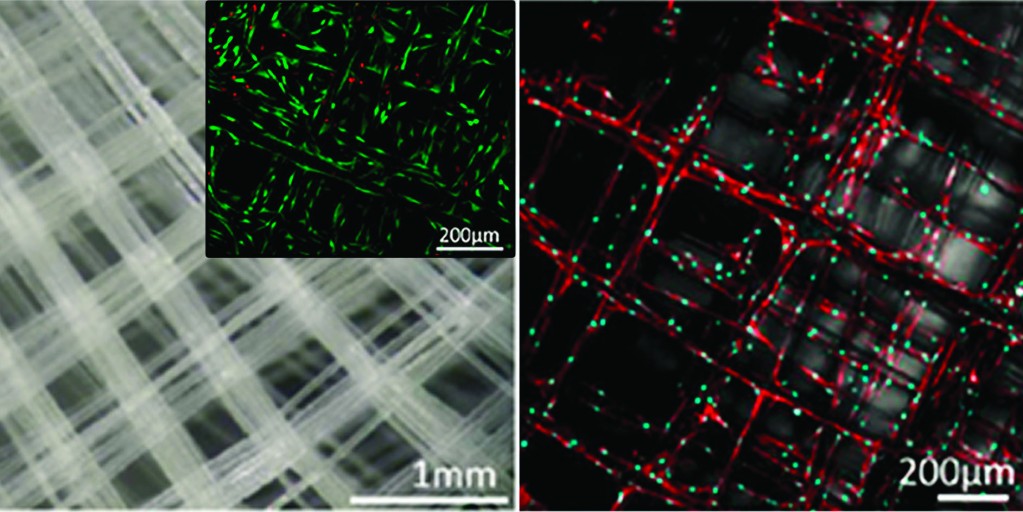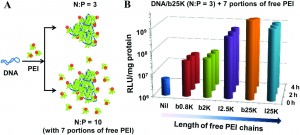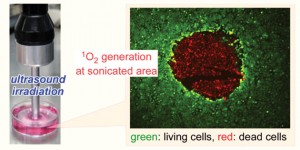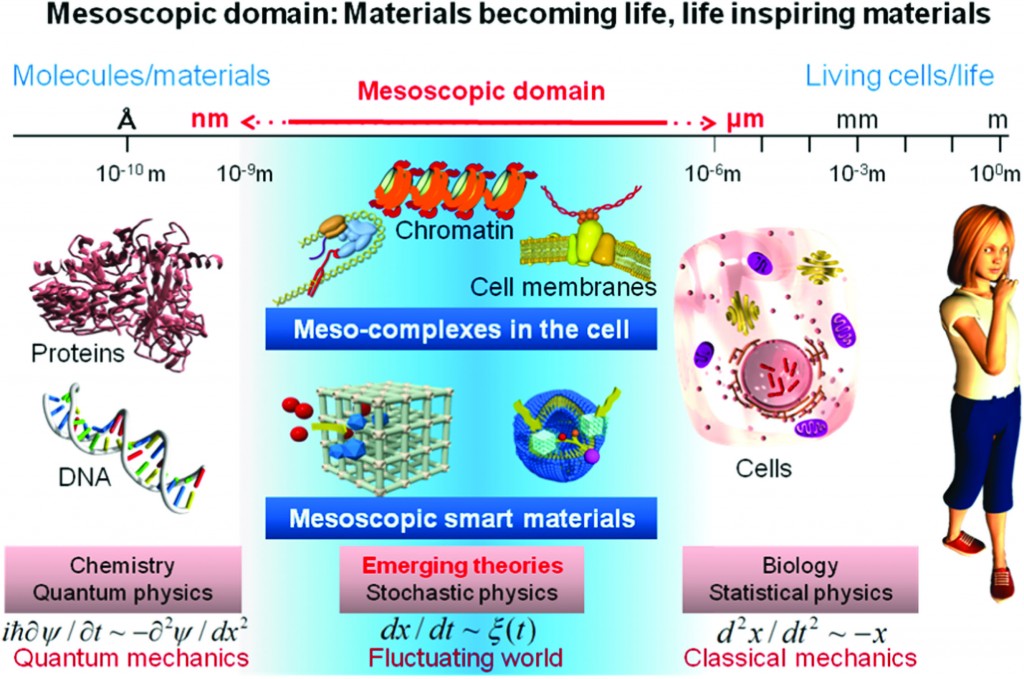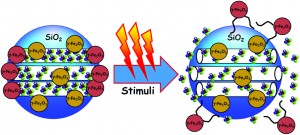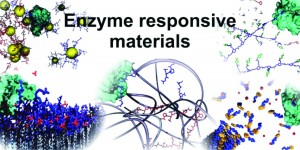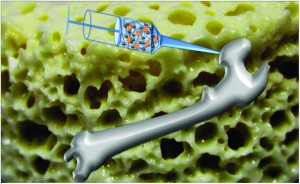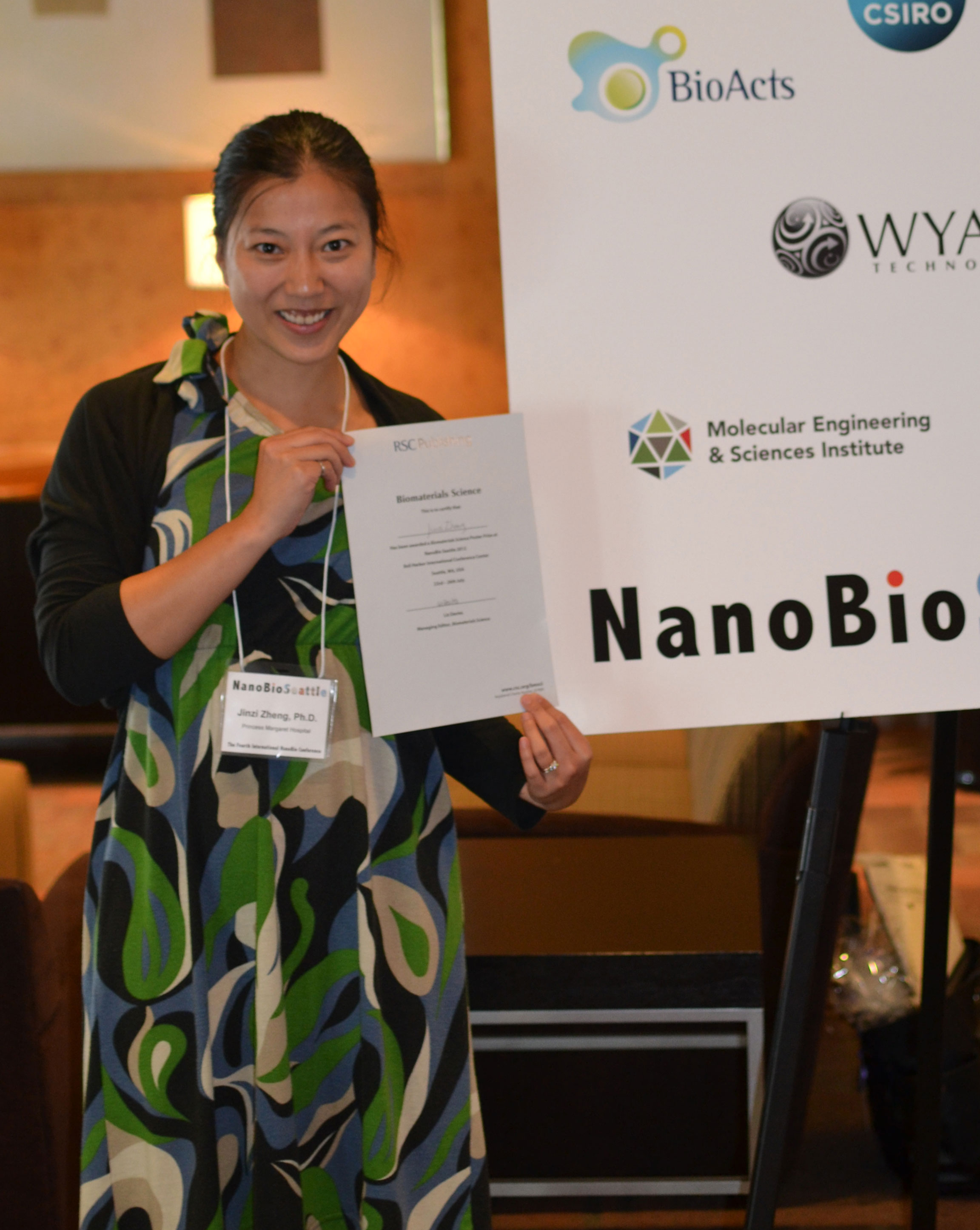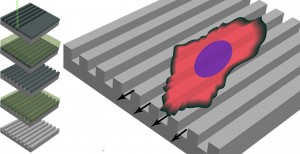 Understanding the role of nano-topography on the surface of a bone-implant
Understanding the role of nano-topography on the surface of a bone-implant
This review by Walboomers and co-authors discusses the interaction of cells with the nano-topographical features of bone implants. The review also details the characterisation of implant surfaces and their manufacture.
(Biomater. Sci., 2012, DOI: 10.1039/c2bm00032f, Advance article)
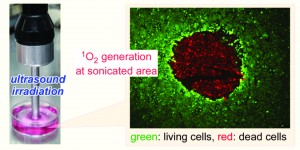 Titanium dioxide nanoparticle-entrapped polyion complex micelles generate singlet oxygen in the cells by ultrasound irradiation for sonodynamic therapy
Titanium dioxide nanoparticle-entrapped polyion complex micelles generate singlet oxygen in the cells by ultrasound irradiation for sonodynamic therapy
The main cytotoxic agent in photodynamic therapy is believed to be the reactive oxygen species 1O2 which is used to treat cancerous diseases. In this paper, Harada and co-workers investigate the generation of reactive oxygen species using sonication of TiO2 nanoparticles. They first synthesised TiO2 nanoparticle-entrapped micelles with a core-shell structure. The nanoparticles were able to generate reactive oxygen species by sonication when inside the micelles. The frequently of sonication was appropriate for clinical situations, thus they has the potential to be used in sonodynamic therapy.
(Biomater. Sci., 2012, DOI: 10.1039/c2bm00066k, Advance article)
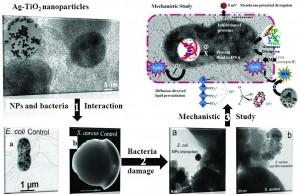 A progressive approach on inactivation of bacteria using silver–titania nanoparticles
A progressive approach on inactivation of bacteria using silver–titania nanoparticles
The antibacterial properties of silver compounds have long been known. In this paper by Li, Luo and Bashir, Ag-decorated TiO2 nanoparticles were prepared by a colloidal chemistry method. The nanoparticles were coincubated with model microbes, that are found in water, to investigate their biocidal effectiveness. The bactericidal mechanism was also investigated with a focus on the role of the microbial outer membrane.
(Biomater. Sci., 2012, DOI: 10.1039/c2bm00010e, Advance article)
Don’t forget to keep up-to-date with all the latest research you can sign-up for the Biomaterials Science RSS feed or Table of contents alert.
To keep up with the journal news you can Like us on Facebook or Follow us on Twitter.
Comments Off on Biomaterials Science – new Advanced Articles
 Scientists in Australia are a step closer to printing living cells for tissue engineering with the development of a new bio-ink that allows the cells to stay alive until they are printed and not clog up the printer nozzle.
Scientists in Australia are a step closer to printing living cells for tissue engineering with the development of a new bio-ink that allows the cells to stay alive until they are printed and not clog up the printer nozzle.










